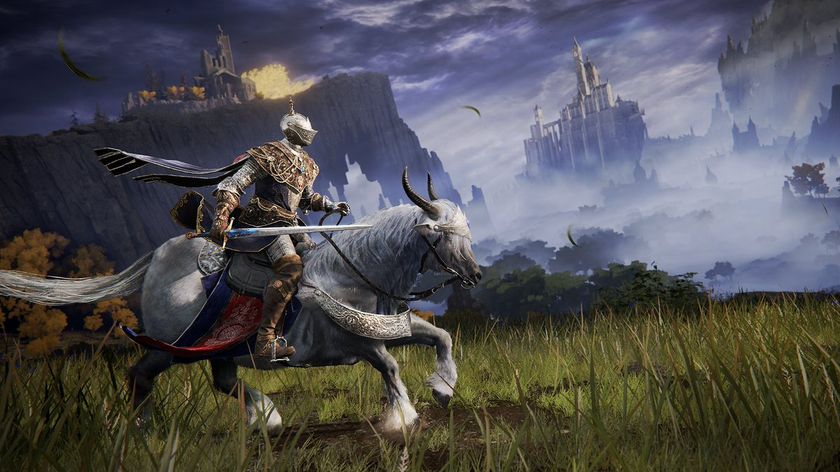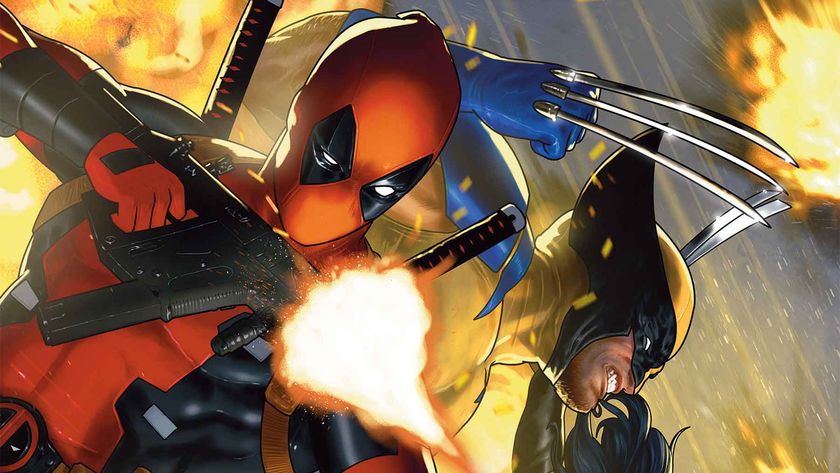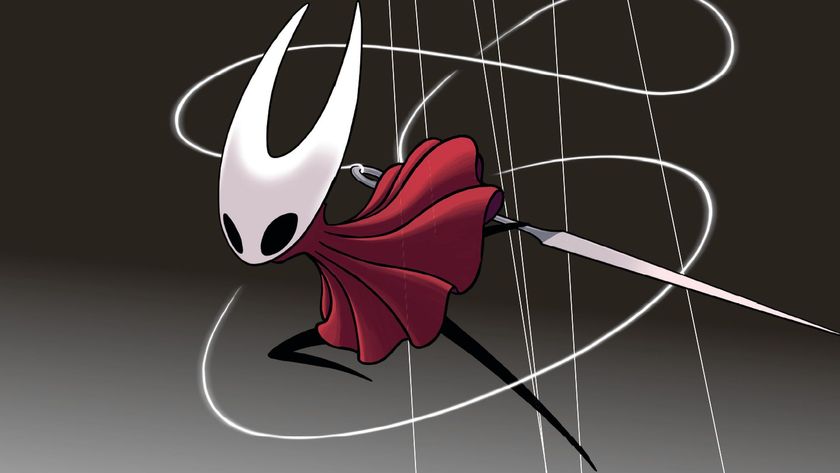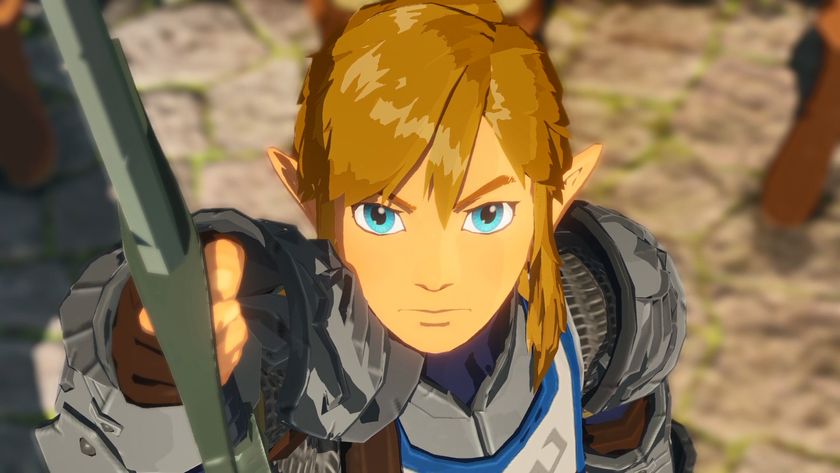Are games art?
Forget what the industry thinks - we scooped our answers straight out of the art community
A common misconception is that a medium ought to be judged by its work. Excluding games from art on the basis that Bratz: Rock Angels exists is like rejecting Citizen Kane as a work of art because Wild Hogs exists. There are a lot of awful, shallow and banal games out there – but if we are to accept video games as a valid expressive media, just like film, literature, and painting, then those examples are merely “bad art,” like the work of Thomas Kinkade.
So what makes games so different that they are hard to accept as art? The two biggest obstacles that come to mind are interactivity and commercialism.
You may be able to choose where or when to watch Citizen Kane, and whether to eat popcorn or Goobers, but it’s still essentially the same film every time you see it. The artist is the artist, and we are the observers - our only control is through the act of interpretation. Games, however, rely on user input to exist. They must be played to have an effect, and the artists’ work is subject to more than just interpretation - it is malleable.

Above: Based on the loosest definition – this is art. It may also cause you to vomit pink poodles
Yet interactive art is not unprecedented. Instillation pieces which digitally monitor, modify, and return input from viewers or internet users blur the line between artist, artwork and observer. But instillation art exists mainly to be experienced, as opposed to being “played” with a goal, like a game. The artist has much more control over the nature of the participant’s experience.
Mainstream games are not generally designed to be artistic statements – they are made to provide interactive entertainment for the masses, to be fun and profitable. But is art required to be dry, unmarketable, and intellectual? Clearly not – plenty of great films and novels are at the same time entertaining, profitable, and artistic.
Sign up to the 12DOVE Newsletter
Weekly digests, tales from the communities you love, and more
Being entertaining isn’t a fault in terms of art. Consider being consumed by a great novel. Catch-22 captures our imaginations because it is great, not in spite of it, and its engrossing story gives it the power to express deep creativity – the kind that the beret wearing, laptop toting, venti caramel frappuccino sipping wannabes only wish they could achieve. Games, and other expressive media, can express fundamentally artistic and philosophical ideas, not in spite of being fun, but partially as a result of being fun.










